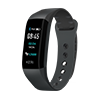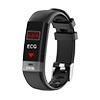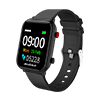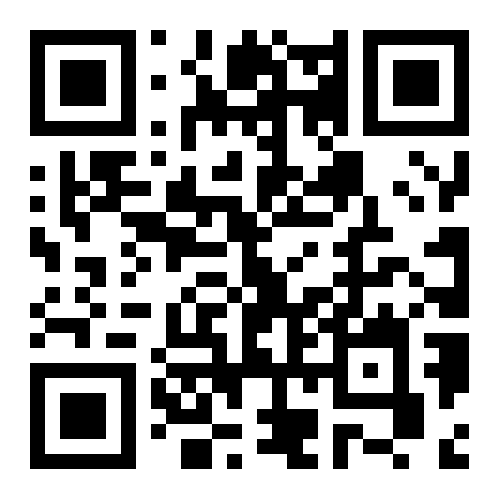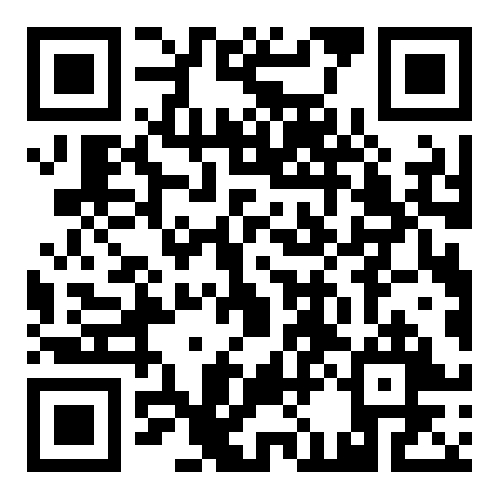
Introduction about Fall Detection
As reported, about one third of elderly people over 65 years old have at least one fall per year, which was one of the major health risks leading to the causes of deaths and injuries in the elderly population [1]. For fall-related injuries, the association between the mortality rate and the time waiting for help has shown a positive correlation. Consequently, elderly people living alone were found to be more seriously hurt than those who were helped within 12 hours [2]. In addition to physical injuries, experiencing a fall may lead to a fear of fall, which in turn can bring about the loss of self- confidence and limitation of activities of daily living (ADLs) [3]. Detecting falls accurately in time can reduce the severe consequences and is thus of great importance to improving the life quality for elderly people.
The development of automatic fall detection technology has been conducted since the 1990s [4]. Depending on the type of sensors and devices being used, automatic fall detection technology can be broadly categorized into two groups: (i) non-wearable sensors-based approaches (camera or other ambient sensors) [5] [6] and (ii) wearable sensors-based approaches (inertial measurement unit (IMU) or other embedded sensors)[7] [8]. Although non-wearable sensor-based fall detection systems can provide sufficient information for subject monitoring, it is limited by environmental conditions and coverage areas [9]. For elderly individuals, using wearable devices is a more practical and cost-effective solution to support their independence and safety in terms of mobility and ease of installation.
A wrist-worn device looks like a regular watch and would be well accepted in almost all situations. It can be small and robust so that it will not drop off easily. It can be waterproof and of low power consumption so that it does not need to be taken off when taking a shower, sleeping or changing clothes. Therefore, wrists are the best wearing positions for elderly people on their daily usages.
We invented a wrist-worn fall detector with a 6-axis motion tracking module, in which a high accuracy and sensitivity fall detection is realized by introducing fuzzy logic algorithm. This technology has been patent in the UK (GB2564167) and the international patent is processed via the Patent Cooperation Treaty (PCT) (WO 2019/097248 A1).
[1] Noury N, Fleury A, Rumeau P, et al. (2007) Fall detection-principles and methods. In: 2007 29th Annual International Conference of the IEEE Engineering in Medicine and Biology Society, Lyon, France, 22–26 August 2007, pp. 1663–1666. IEEE.
[2] Gurley RJ, Lum N, Sande M, et al. (1996) Persons found in their homes helpless or dead. New England Journal of Medicine 334(26): 1710–1716.
[3] Igual R, Medrano C and Plaza I (2013) Challenges, issues and trends in fall detection systems. Biomedical Engineering Online 12(1): 66.
[4] Lord CJ and Colvin DP (1991) Falls in the elderly: Detection and assessment. In: Proceedings of the Annual International Conference of the IEEE Engineering in Medicine and Biology Society Volume 13: 1991, Orlando, FL, USA, USA, 31 October-3 November 1991, pp. 1938–1939. IEEE.
[5] Er PV and Tan KK (2018) Non-intrusive fall detection monitoring for the elderly based on fuzzy logic. Measurement 124: 91–102.
[6] Yang L, Ren YY, Hu H and Tian B (2015) New fast fall detection method based on spatio-temporal context tracking of head by using depth images. Sensors 15(9): 23004–23019.
[7] Chen K-H, Hsu Y-W, Yang J-J, et al. (2017) Enhanced characteriza- tion of an accelerometer-based fall detection algorithm using a repository. Instrumentation Science & Technology 45(4): 382–391.
[8] SucerquiaA,Lo ́pezJandVargas-BonillaJ(2018)Real-life/real-time elderly fall detection with a triaxial accelerometer. Sensors (Basel) 18(4): 1101.
[9] Hijaz F, Afzal N, Ahmad T, et al. (2010) Survey of fall detection and daily activity monitoring techniques. In: 2010 International Con- ference on Information and Emerging Technologies, Karachi, Paki- stan, 14–16 June 2010, pp. 1–6. IEEE.










